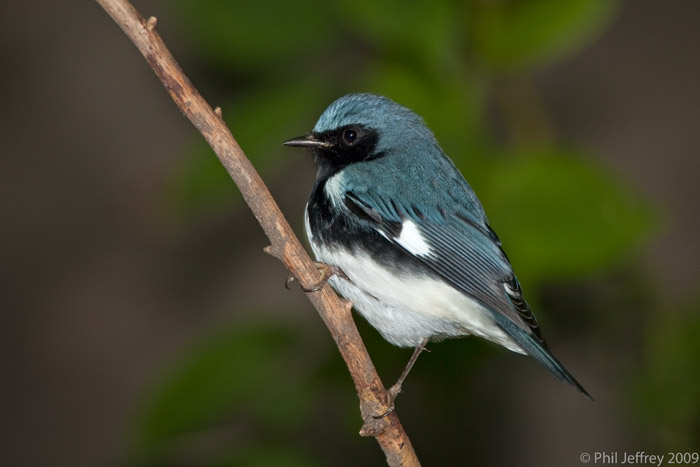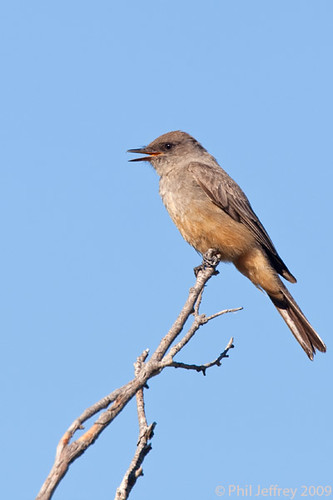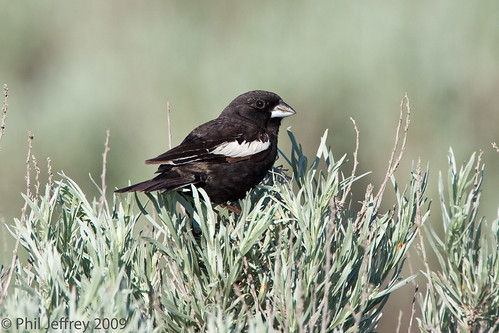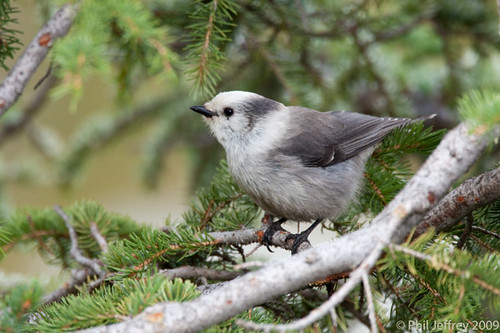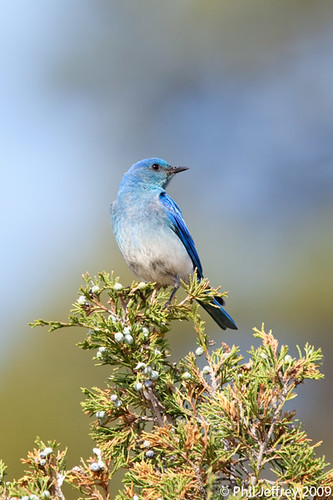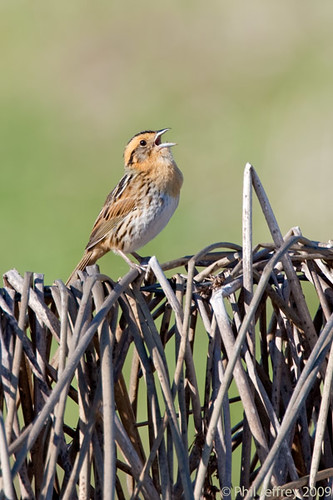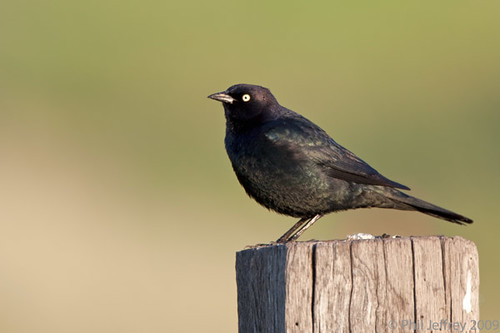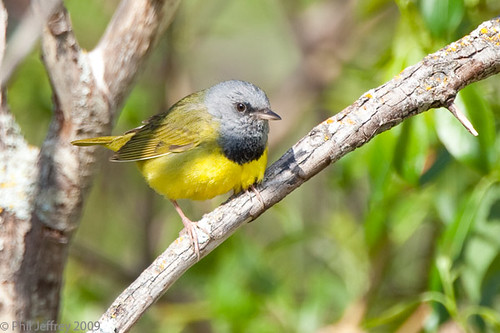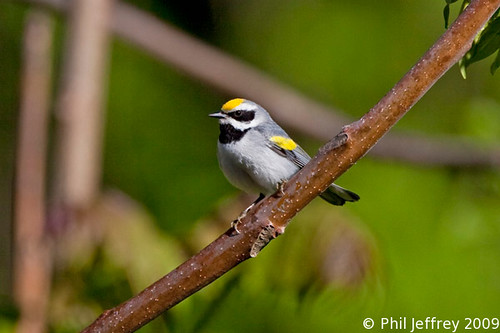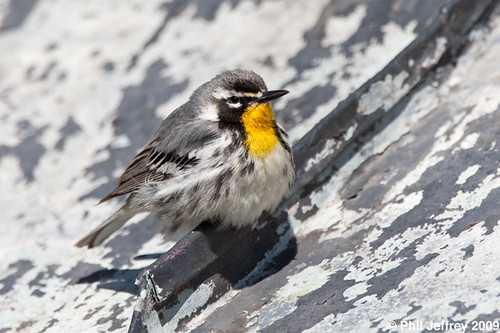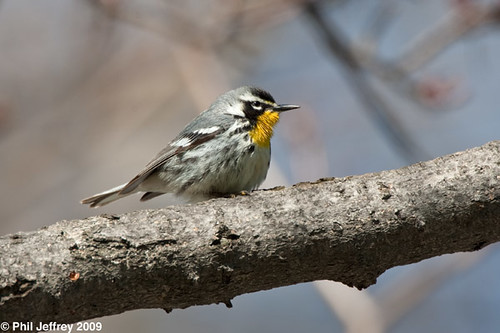Starting this May I largely stopped using the professional level EOS-1D Mark 3 and have subsequently mostly used the EOS-5D Mark 2. The autofocus performance of the latter is quite a lot worse, particularly in flight, but I had found that the images were noticeably sharper in some instances and generally had more "pop". I still use the 1D3 for flight shots.
I process RAW in Lightroom so in principle things will be normalized but there is a real difference in image quality. The 5D2 has many more pixels (21.1 Mpix vs 10.1), and more per square mm since the 1D3 pixel density is equivalent to 10.1*1.3*1.3 = 17.1 Mpix. The factor of 1.3 comes in because the APS-H sensor on the 1D3 is smaller than the full frame 5D2. The 5D2 appears to be sharper even on a per-pixel basis probably because of a weaker aliasing filter.
Enter the newly-announced
Canon 7D which is the common APS-C sensor size (1.6x crop factor) and 18 Mpix. Running the numbers the 7D pixel density is equivalent to 17.9*1.6*1.6 = 45.8 Mpix on a full frame size. No, that's not a typo. It has twice the pixel density of the 5D2 and almost 3x that of the 1D3. You can't ignore that.
There will be the usual concerns about noise level at higher ISOs, and how much actual sharpness you can realize off any lens combination. If you shoot the 17-40/4L wide open the actual resolution of the lens is worse than that of the chip. However the supertelephotos that I use have a lot of inherent sharpness. Some of that sharpness is lost when using the 1.4x teleconverter - it's not difficult to see that in test shots but I can also see it in real life photos in the rare situations when I get to take the 1.4x off.
Which brings me to the thing that most excites me about the 7D - thinking about the number of megapixels on the subject using different lens combinations. This is the same thing as considering pixel density, but adding in a factor for focal length conversion. The equation normalized to full frame is pretty simple:
Effective pixels = Mpix * chip-factor * chip-factor * focal-length-factor * focal-length-factor
Chip factors are 1.0 for the 5D2, 1.3 for APS-H like 1D3, 1.6 for APS-C like 7D. Focal length factor is normalized (i.e. 1.0) to a 700mm f5.6 which is what I use with the 500mm/f4L + 1.4x. (Edit: updated for a 16 mpix APS-H EOS-1D Mark IV, aka 1D4).
These are in Mpix on a "subject" of the same nominal size, so bigger = better.
| 1D3 | 1D4 | 5D2 | 7D |
| 500mm | 8.7 | 13.9 | 10.8 | 23.4 |
| 600mm | 12.6 | 20.2 | 15.5 | 33.6 |
| 500+1.4x | 17.1 | 27.4 | 21.1 | 45.8 |
| 800mm | 22.3 | 35.7 | 27.5 | 59.8 |
| 600+1.4x | 24.6 | 39.4 | 30.3 | 66.0 |
The absolute #s are not relevant because you couldn't image a subject with that many Mpix on it, but the relative numbers hold. I could shoot with the bare 500mm f4 on the 7D and have more pixels on a subject than the same subject with the 500mm+1.4x on the 5D2. Depending on how much these lens combinations outresolve the 7D sensor, and issues with the aliasing filter, the 7D could resolve as much as twice as much detail as the 5D2 for telephoto-type subjects where the subject does not fill the frame. The 5D2 still wins for landscape subjects where the 1.6x crop factor on the 7D kills the widest focal length one can achieve.
Apart from sharpness the wider apertures of bare lenses w/o teleconverters allow lower ISOs or faster shutter speeds to be used in dark conditions. As the analysis indicates it's worth taking a very hard look at this camera for bird subjects because there might be a substantial effective resolution gain. Remains to be proven, however, as many factors can come into play to degrade image quality.
Update: the general vibe on the Dpreview forums is that the 7D has lower image quality than the 5D Mark II - this not really being a surprise since it was packing nearly as many pixels into a far fewer chip. It also has less latitude for overexposure (perhaps as much as a stop). It seems there is still no free lunch for smaller pixels. Since the 1D Mark IV has smaller pixels than the 5D Mark II, it will be interesting to see comparative reviews of the latest 1D series increment.



